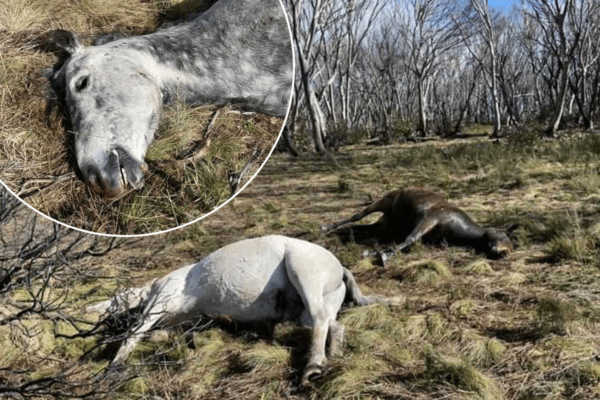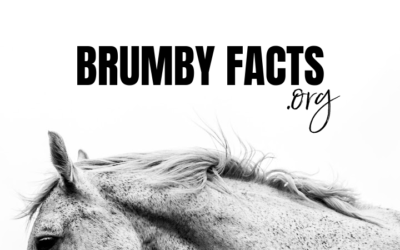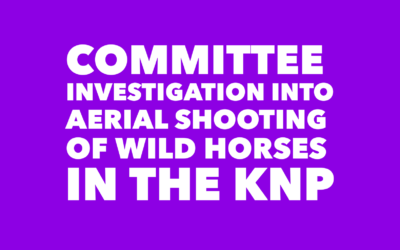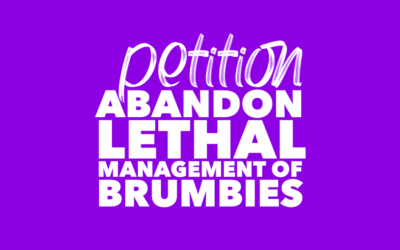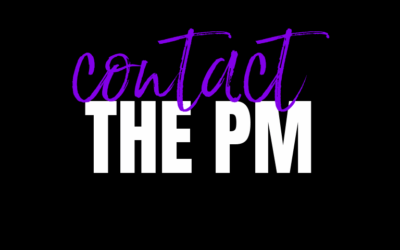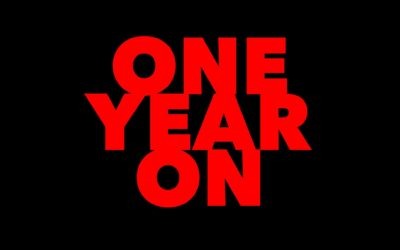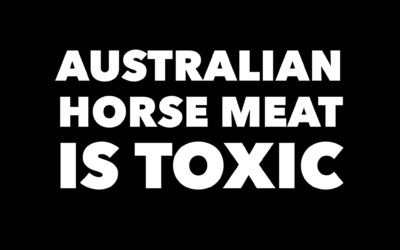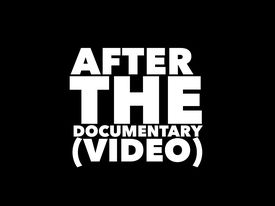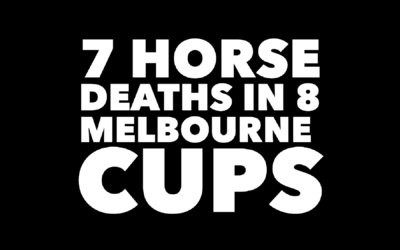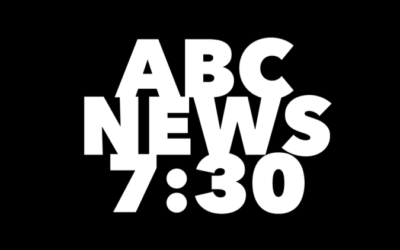
MEET OUR HORSE MEAT
LEARN ABOUT THE GREEDY HORSE-KILLING TRADE FOR HUMAN CONSUMPTION & HOW YOU CAN HELP HORSES ESCAPE THIS VICIOUS FATE DONATENOTHING GORY IS SHOWN ON THE VIDEO

THE ICONIC BRUMBY OF AUSTRALIA
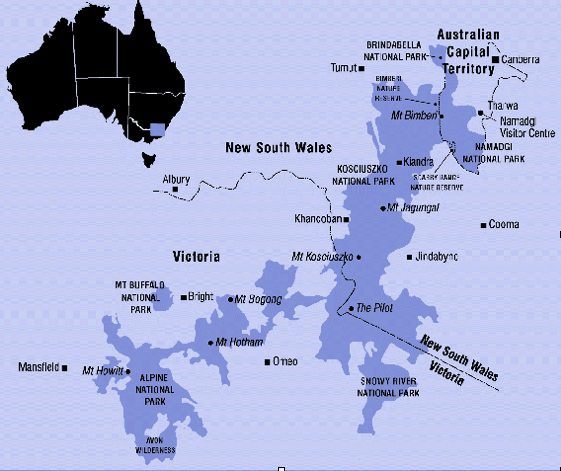
In Australia, wild horses are known as Brumbies.
The Brumby was made famous worldwide through the poem, movie and TV series, “The Man from Snowy River“.
Even with their national and international iconic status, the Brumbies of Australia face an uncertain future.
Brumbies are also called ‘Heritage horses’ because they are linked genetically to horses that were sent to defend the British Empire in World War 1. Therefore, they are a part of history.
The term ‘Brumby’ is a contested appellation because opponents of wild horses, refer to them as ‘feral horses’. Unfortunately in Australia ‘feral” animals are not protected by legislation instead they are to be “managed to extinction”.
However, through specific and coordinated lobbying from animal welfare groups, there is a political push to change how non-native species are viewed and treated.
Brumbies occur over much of Australia but currently, the most heavily debated issue is how the government manages their populations.
There are population management plans in place across several states in Australia.
These plans were created with consultations with local communities and formalized by various government agencies.
Unfortunately, government departments are acting outside of the plans and secretive shooting campaigns of Brumbies are happening even though there is the possibility of concerned citizens adopting and rehoming Brumbies.
Wild brumby culls in regional Victoria are back in the spotlight as an advocacy group launches a new round of legal action.
The Australian Brumby Alliance has begun proceedings against Parks Victoria in the Supreme Court.
WE WILL ALWAYS TELL YOU IF WE USE GRAPHIC, GORY PICTURES THAT MAY BE TRIGGERING TO SOME. THIS IS ONE OF THOSE TIMES, THERE ARE PICTURES OF DEAD HORSES BELOW.
To cull or not?
The government of Australia has killed or removed nearly all the dingos in national parks. The decline in these apex predators has created a population explosion of non-native animals.
After much lobbying by the Aboriginal groups who manage lands within the National parks in Victoria, plans are underway to reintroduce the dingo.
The brumby issue is focused on the Alpine National Park which crosses two states, and Kosciuszko National Park (KNP).
BRUMBY HERD, PREGNANT MARES SLAUGHTERED IN ‘CRUEL, INSANE’ ATTACK
11 horses, including a number of heavily-pregnant mares, have been found dead in the same area.
Brumby photographer Michelle Brown told Ray Hadley the scene would suggest high-powered rifles with silencers were used to kill the herd.
“It had to have been calculated, they had to have known where they were, there had to be multiple shooters, Ray, to bring down a mob of 11,” she said.
“I’m talking silencers and thermal imaging because it would’ve happened in the early hours of Sunday morning. It’s just horrific.”
Both state governments want Brumbies culled from all national parks.
However, shooting as a method is flawed when they leave dead bodies on the ground as it attracts predators and contaminates waterways.
Culling often involves shooting horses; if the shooter is not 100% accurate, shooting does NOT result in instantaneous death. Therefore shooting is NOT humane. (Shooting from the air is currently illegal in NSW.)
Horses are flight animals, they are extremely sensitive, wild horses are more so, they move, they are very quick and move in family groups.
It is nearly impossible to humanely shoot a Brumby in the wild, especially in the KNP given the land’s topography.
‘It was terrible work’: 20 years on, horses’ cull still a bitter political issue…
Working in shifts, two teams of trained shooters in helicopters flew low over the treetops and shot around 600.
“It was terrible work, and nobody wanted to be doing it,” one of the marksmen later said.
A handful of wounded horses survived, only to die slowly in the days that followed.
Brumby advocates support their removal from fragile ecosystems but want sustainable populations to be protected throughout the parks.
Brumby advocates have tried and continue to try to work with the government to create sustainable plans which satisfy all stakeholders, but the government excludes Brumby advocates at every turn.
There are ways of containing brumbies and over the years there have been extensive capturing and adoptions to private homes.
Learn more about Brumby adoptions to private homes here.
It’s important to note that fragile areas can be protected by virtual fencing and contraceptive darting – or by capturing and removing all Brumbies from a specific area.
Contraceptive darting prevents mares from conceiving, thereby controlling the number of horses. Indeed shooting darts would be far more humane than shooting to kill.
Contraceptive darting is a proven successful management tool, it is financially sustainable and generally accepted by all stakeholders. Some states in the USA along with New Zealand have implemented this process.
Learn about the GONACON EQUINE – KAIMANAWA WILD HORSE CONTRACEPTION PROGRAMME here.
State agencies use lethal options instead of rehoming…
There currently are population management plans in place. Plans to by all stakeholders, including government agencies, locals, and Brumby rescue groups.
The issue is government agencies resort to lethal population management techniques when the plan clearly states rehoming is to be explored as a first option.
Again, shooting is cruel because horses do not stand still — they don’t wait to be shot.
In the past, there has been such outrage from aerial culling, for example shooting from the air, that NSW has banned aerial culling entirely.
Shooting of wild horses at Kosciuszko National Park halts amid review into management plan…
The New South Wales National Parks and Wildlife Service has halted all ground shooting operations under the wild horse management plan in Kosciuszko National Park while a review is being undertaken.
The state’s Environment Minister James Griffin ordered a review into the implementation of the plan last week, following the discovery of 11 horses that were shot dead in the national park.
The New South Wales National Parks and Wildlife Service (NPWS) said in a statement its staff were required, “by law,” to reduce the number of feral horses in Kosciuszko National Park from 14,000 to 3,000 by 2027.
Numbers…
According to Brumby advocates, the number of Brumbies in the Alpine National Park which crosses two states in Australia has been largely inflated.
There is not any transparency in the process or the data collected.
The government flies over areas with large populations of Brumbies and then extrapolates those numbers across areas with far fewer Brumbies which inflates the estimates of the total number of Brumbies in the parks.
For example: Learn more about the 2019 Kosciuszko Brumby Count here.
Brumby advocates have for years been asking for transparency and to be involved to witness the population count but the government continues in its secretive manner.
The bushfires of 2019 ravaged areas inhabited by brumby herds and many herds were also ravaged.
Since 2019 Brumby advocates have been demanding a new aerial survey to establish accurate numbers.
An aerial survey was done of a small area and then the numbers of brumbies seen were extrapolated to the entire area.
The first number was 25,000 and since it was established that brumbies do not have litters of foals, the number had to be revised…
Whereas the number is now around 14,000.
Again this is contested by Brumby advocates and locals whose ancestors have lived in the area for generations and claim the number is between 1000-3000.
An independent aerial survey was also done by Brumby advocates and the figure sighted is 950.
You cannot count wild horses in a small area and extrapolate to the rest of the Park, because they live in families, are nomadic and graze in a mosaic pattern.
Australian Officials Use Bushfire Recovery Effort to Cover Up Mass Killing of Wild Horses…
A local cattleman, who is also an advocate for Brumbies, was even able to open up a court case, guaranteeing Parks would not shoot any horses during the legal process. After six weeks, the court sided with Parks Victoria, allowing officials to begin shooting Brumbies with noise suppressors and thermal imaging equipment as planned.
Oddly enough, Parks Victoria successfully argued that while the initial draft plan did not include ground shooting as a management option, the public still had its say.
Brumbies are also (illegally) removed from the park by individuals and sent directly to slaughter.
The meat is thought to be safe and in theory, Brumbies should not have any medication or poisons in their systems.
However, recently there was a contaminated meat scandal in NT.
It was discovered that Brumbies slaughtered for dog food consumed a weed, making their meat toxic and deadly for dogs.
Contaminated pet food investigation traces toxic horse meat back to NT property…
“The manager’s understanding was the horses would go to a meatworks in Queensland for human consumption and our investigation has suggested the horses were re-directed [to Victoria] due to COVID lockdowns.”
At least 23 pet dogs have died, and 67 have been hospitalised in Victoria from indospicine poisoning.
Rewilding the planet…
Rewilding ensures natural processes and wild species to play a much more prominent role in the land- and seascapes, meaning that after initial support, nature is allowed to take more care of itself.
Rewilding helps landscapes become wilder, whilst also providing opportunities for modern society to reconnect with such wilder places for the benefit of all life.
Other non-native species…
Brumby advocates point to large numbers of deer, wild dogs and pigs and claim that damage by these animals has been used to blame brumbies and call for their eradication.
Australian Brumby Alliance submitted the following :
Brumbies in perspective: Relative horse, deer, and pig numbers
The Victorian Auditor-General’s 2016 report highlighted significant concerns directly related to Parks Victoria, such as their…
Inability to recognise and act on emerging threats (see news examples below) and their…
Inability to evaluate actions to inform and improve further planning
News examples:
2015 – Environmental damage increasing with Victoria’s rapidly expanding deer population
2018 – Deer populations in south-east Australia soaring with an estimated 1 million in Victoria alone, wreaking havoc on farms and the environment
2019 – Deer invasion expected to worsen with estimations Victoria’s deer population of about 1 million is growing by 30% annually
2020 – Victorian Deer Management Strategy released (for sustainable deer populations)
National Parks and Wildlife Service (NPWS)
The Brumby “issue” has been hotly debated for years and recently a tender by the National Parks and Wildlife Service gave shooters the ability to shoot brumbies.
According to the Standard Operating Procedures, this is supposed to be humane, however, anyone that understands horses will know that the SOPs are flawed and it is not possible to shoot a whole herd with head or heart shots that kill instantly.
In September 2022, there was outrage because a whole herd of brumbies was slaughtered with military-style precision.
These were a well-known mob from Kiandra and included pregnant mares.
People who know this mob have photographed the wounds and claim they died slowly from bleeding out.
The Kiandra killings…
There was a population management plan in place where shooting was NOT an option.
Parks employed professional shooters to shoot and kill (and leave the bodies to rot) a large number of brumbies.
The parks did this OUTSIDE of the plan and they also did this INSIDE a brumby retention zone.
It appears that cowboys were employed to gun down a very beloved herd in Kiandra in a cruel way injuring them and letting them die slowly.
People on the ground documented the gunshots and were able to prove that these horses died slowly.
There are multiple photos of pregnant mares with full-term foals being aborted as the mothers lay dying.
It is alleged that NPWS have prevented these photos from being shared on social media because they are reporting the posts as graphic and violating community standards.
A prominent journalist, Ray Hadley, has been covering this massacre and the consequent cover-up on his morning show.
PLEASE TAKE 2 MINUTES TO SPEAK OUT
Long trails of blood showed the horses did not die quickly; they suffered long slow deaths, and the shooting caused three pregnant mares to spontaneously abort their foals.
We have just learnt that the bloodbath didn’t end there, with further shootings being revealed.
We demand an Inquiry into this government sanctioned cruelty.
Warning the photos in this next section are graphic.
While being culled by being shot, in some cases, mares aborted their foals. As their mothers gave birth while dying and could not protect the babies, the faces and heads of live foals were chewed off by wild dogs, and eyes were picked out by birds.
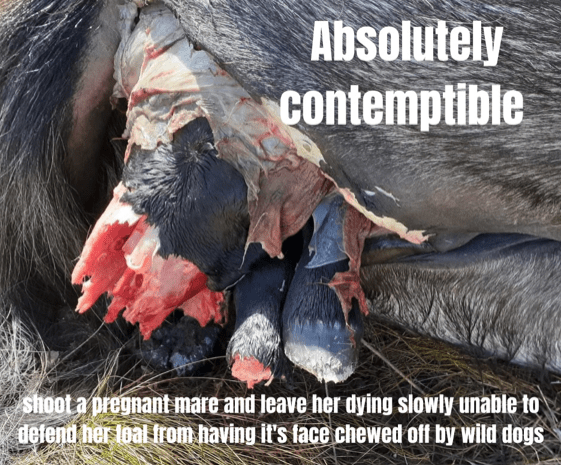
Photo with kind permission, Maret Rose.
Reframing the issue…
Advocates of brumby culls have been very successful in framing brumby advocates as anti-science and emotive and attached to books and movies in an unreasonable way.
It is true that some brumby advocates are driven by a childhood reading of the Silver Brumby books by Elyne Mitchell. There is however plenty of ecologists that dispute the science that drives the culling of brumbies.
These people who do not care that brumbies are slaughtered in inhumane ways, cling to their narrative that brumby advocates are anti-science and that is not true.
Many people who advocate humane methods of protecting fragile alpine habitats are experts in brumbies and have a scientific background, however…
It appears that the Invasive Species Council has hijacked the debate successfully and has persuaded many people that :
- Brumby advocates are anti-science
- Are motivated by emotion
- Lack critical thinking skills
- Are attached to a children’s book series and a poem by Banjo Paterson and the movie, The Man from Snowy River
From an observer..
Feeding wild dogs and pigs…
The feeding of wild dogs and pigs is a very illogical outcome of shooting because the slain brumby bodies are food for animals considered feral.
Feeding wild dogs and pigs with slain horses is not only contrary to the proposed reason for getting rid of brumbies, but it increases the populations of both wild dogs and pigs by aiding them in having and supporting larger litters.
Whereas a mare can produce one foal in a good year, wild pigs produce an average of 6 piglets per litter increasing to 12-13 when the food supply is plentiful.
Wild dogs produce 4 to 6 pups per litter.
In the long term, a population explosion of feral predators, such as wild dogs and pigs will do far more damage to native species.
Trout and Deer
Classifications are arbitrary.
For example, because humans hunt deer and trout (species that were introduced and are not native to Australia) neither are considered feral. In fact, deer are classified as wildlife because humans hunt them.
Deer hunting is a popular activity in Victoria. Deer introduced by acclimatization societies have been recorded in the wild in Victoria since at least the 1860s.
Today Victoria has a large deer population.
Predominately made up of sambar, fallow and red deer.
Most deer hunting occurs in the east of the state, reflecting the main deer distribution in Victoria.
The large population of deer in Victoria means that except for hog deer, there is no bag limit for deer.
There is also no closed season for deer, except for hog and sambar deer hunting with hounds.
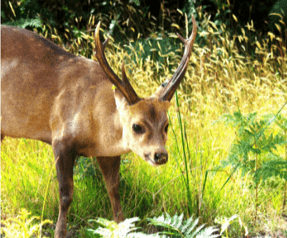
Status of deer…
For the purposes of the Wildlife Act of 1975, all deer in Victoria are considered to be wildlife. Wildlife are further considered to be protected wildlife and may not be destroyed without authorization.
Trout…
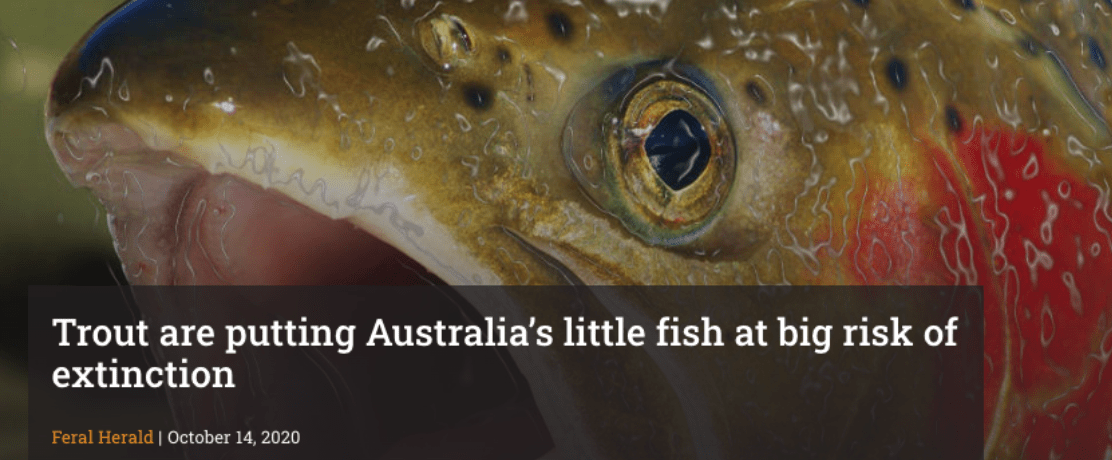
New research has identified invasive fish such as trout and eastern gambusia as the most significant threats facing Australia’s most vulnerable native fish species.
The research warns that if current management approaches are continued 22 native Australian fish species will likely become extinct in the next 2 decades.
Of the invasive species known to affect Australia’s 22 most at-risk native fish species, invasive trout, (Salmo trutta, Oncorhynchus mykiss) pose the greatest threat, followed by eastern gambusia (Gambusia holbrooki).
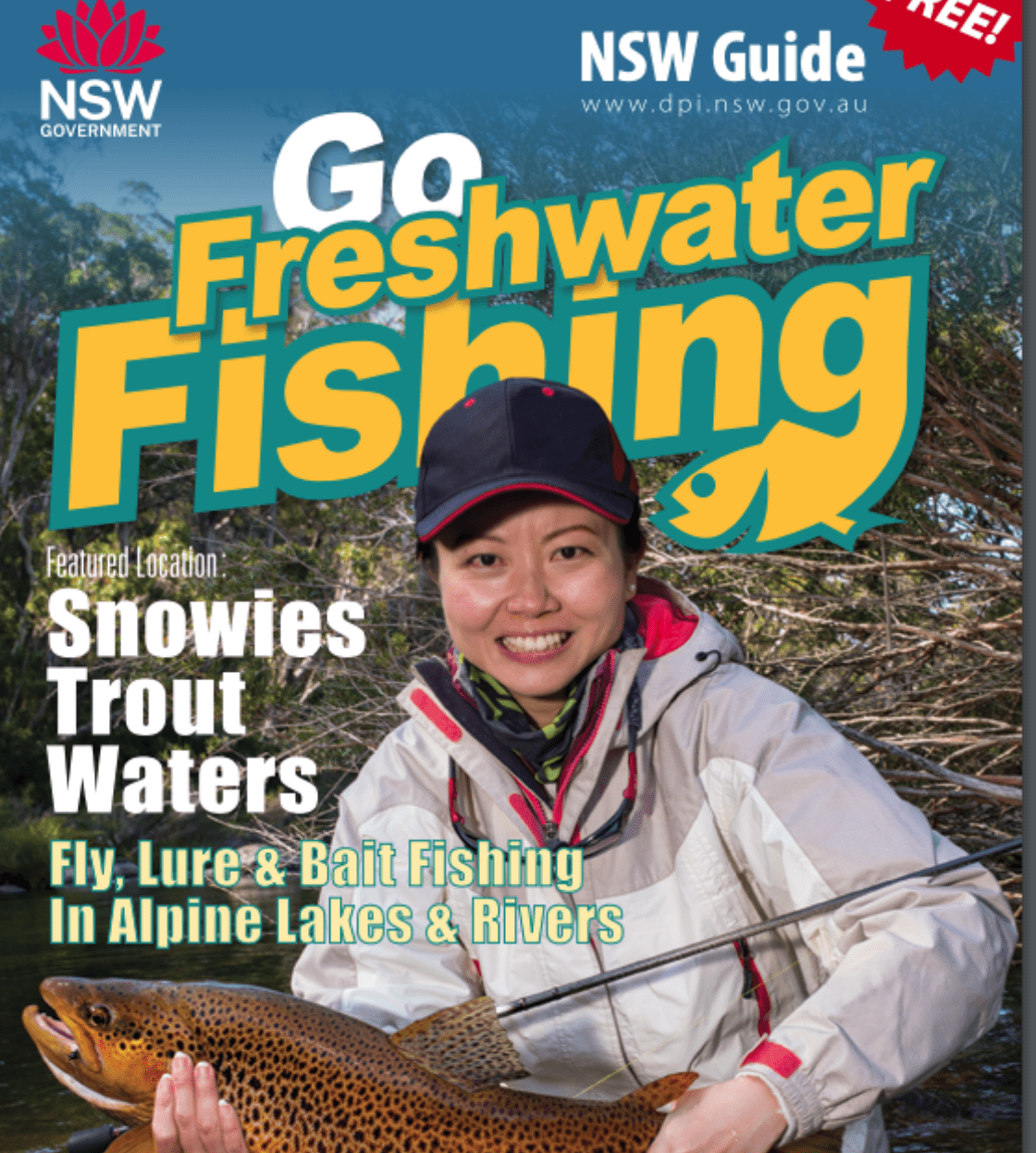
RESOURCES TO HELP YOU BETTER UNDERSTAND THE ISSUES
Join the conversation on Facebook here.
Additionally, check out Australian Brumby Alliance.
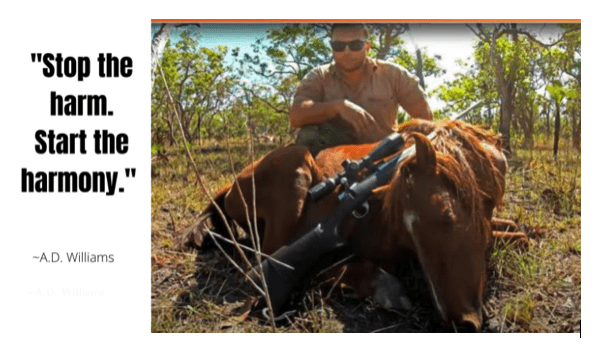
Ray Hadley, over the course of several days, covered this issue extensively and featured interviews with people who witnessed the results of slaughtering Brumbies.
Photographers of Brumbies…
These people have brought the brumbies to millions of people online and have documented the lives — and now the cruel deaths of these wonderful animals.
The cultural meaning of horses…
The wild horses of the Australian Alps are arguably the strongest cultural icons. The enduring legacy of...
The Man from Snowy River, both the iconic Banjo Paterson poem and the 1980s film, but also the Silver Brumby series of novels by Elyne Mitchell, still in print after nearly 70 years, idealise the strength, beauty and spirit of wild mountain horses. At least one source suggests that “the man” from Paterson’s poem was in fact a young Aboriginal rider.
Impact of development…
Many people argue that our alpine park has not been pristine since colonisation with hordes of tourists, mining, asbestos and now a new snowy hydro scheme decimating the pristine landscape, or at least what has survived colonisation – so far.
The park is full of power poles, roads, bush walking trails, campsites, etc.
Yet questions are raised about the minimal impact of a small number of brumbies.
Are the Brumbies being sacrificed as a signal to environmentalists that they are having an impact on government policy?
Are the Brumbies a distraction from other ‘developments’?
NEW BRUMBY WEBSITE
#MOHM HAS A BRUMBY SPECIFIC WEBSITE TOOAs you know we are dedicated to banning the slaughter of horses in Australia for any purpose and that includes Brumbies. Please join us on our new website dedicated to banning the slaughter of Brumbies for any purpose and by any...
KNP WILD HORSES AERIAL SHOOTING (VIDEO)
COMMITTEE INVESTIGATION INTO AERIAL SHOOTING OF WILD HORSES IN THE KNPRest assured, there are no graphic images on this page. We always warn visitors about potentially disturbing content, so you can browse safely without any surprises. Currently there is an...
BRUMBY PETITION
PLEASE JOIN US IN SIGNING A PETITION TO END THE LETHAL MANAGEMENT OF BRUMBIESThe Government’s policy of using lethal management on wild-living brumbies is opposed, based on flawed population counts, false claims of damage and does not recognise the Heritage value of...
"The brumby is being scapegoated -- using disproven science for those who have a vested interest in expanding industry in the park."
- Brumby Save Advocate
CONTACT THE PM
Use the button above and fill out the form to let the Prime Minister of Australia, The Hon Anthony Albanese MP, know exactly how you feel about horses being slaughtered in Australia. Your note can be as simple as "I oppose the slaughter of horses in Australia, for...
ONE YEAR ON
October of 2020, Horse Racing Kills writes: In October 2019 ABC's 7:30 program highlighted the routine slaughter of racehorses once they are disposed of, creating shockwaves across Australia and the world. Their brutal retirement plan for horses had finally been...
TOXIC AUSTRALIAN HORSE MEAT
European Union Licence and food safetyThe European Union has strict standards for animal welfare and food safety and does regular audits. Horse Identification When horses are purchased for human consumption by a dogger, they need to be identified by a tag around their...
AFTER THE DOCUMENTARY
In October 2019, Australians were horrified to see The Final Race on the 7.30 Report (scroll down). It showed in graphic detail the fate of unwanted horses in Australia. It particularly focussed on the large amount of racehorses that were being disposed of with the...
BOYCOTT HORSE RACING
7 horses died in 8 Melbourne Cups. Do we need to say anymore? You can learn more about the horrors of the racing industry at: https://meetourhorsemeat.com/horse-racing-wastage/Join us on social media and become a keyboard warrior.
ABC NEWS THE FINAL RACE
I think they [the Australian racing industry] are purposely hiding this from the general public because if they were to know I don't think we would be getting 100,000 people going to the Melbourne Cup.This is the sort of material that will shake [the Australian horse...
"Australians are horrified to see that some countries
eat cats and dogs,
yet here in Australia, in a largely secret business,
our beloved horses are being tortured and killed for their meat.“

